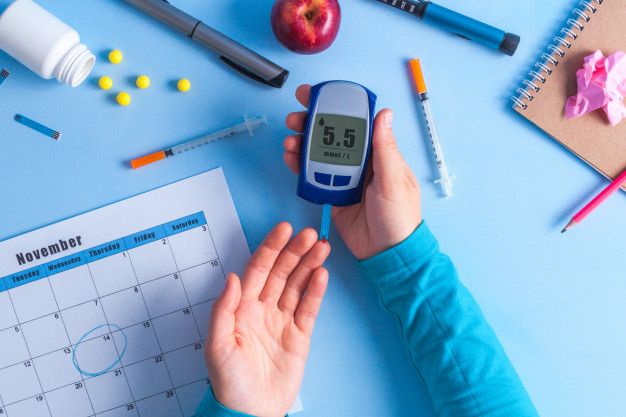Runners and gym-goers may be familiar with Achilles Tendinitis or Achilles Tendonitis – the heel pain caused due to Achilles tendon injury or strain. Active people go through this pain often. What is the Achilles tendon? It’s a long tendon running from the back of your heel to the calf muscle. Typical symptoms of this condition include soreness and pain in the heel region. Due to this, you can feel stiffness and tenderness in this area, affecting your walk. Some believe poor blood circulation aggravates this. However, heat compress, stretching, and a gentle massage can relieve your ache and improve your walking.
Reasons behind your Achilles heel pain
Active people usually suffer from this condition due to overuse injuries. Running too much, a long distance, or over many hills can pressure the tendons. Even not having enough rest during marathon preparations can also lead to this. New runners and hikers also face this terrible heel pain. Sometimes, using improper running shoes becomes the culprit. Serious injuries require medical intervention. While traditional methods produce a slower impact or their effect wears off quickly, new alternative medical procedures like regenerative medicine can help provide more extended relief. For more ideas, you can visit QC Kinetix (Pharr).
Other solutions to manage Achilles heel pain
Apart from medical attention, you need to give your body some rest. Cross-training sessions, injury rehab, and other such steps can help. As mentioned, wearing the right shoes is very critical. During recovery, you can indulge in gentle lower leg and ankle stretching. It can improve your blood circulation. Make sure you push yourself only a little. Otherwise, it can worsen your pain. Some good exercising options include heel raises, calf stretch, and ankle rolls. You must continue doing them after your recovery from injury. When you wake up with cold and stiff feet in the morning, a heat pack can help smooth blood flow. Some athletes also vouch for yoga, bodyweight training, and balancing techniques.
Diet can also play a critical role. Anything with anti-inflammatory properties can be the best pick. For instance, you can consume berries or, more precisely, blueberries. After doing everything for a few days, you can go for a trial run. Regenerative medicine may eliminate the need to do most things. Still, you can try the safety measures to feel better about yourself. During the trial run, avoid exerting yourself—no hill training. If you think the pain has come back or there is discomfort, you can pause your activity and rest. Repeat the recovery process. With regenerative medicine, you may not have to face this situation. Still, it’s better to be careful.
An athlete, runner, hiker, or any active person can overstrain their heel muscles and cause injuries to Achilles’s tendons. Earlier, they lacked faster recovery methods. Prolonged recovery affected their entire year’s training. Today, the situation is much different with advanced medical solutions. Nevertheless, nothing can replace primary care and alertness. You must listen to your body and give it adequate rest to process all the pain and discomfort. When it doesn’t get rest, the system goes haywire.





